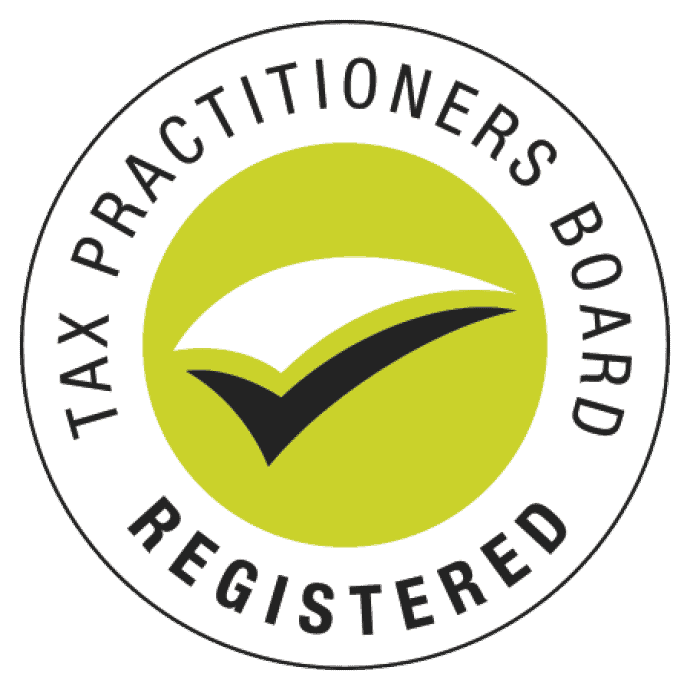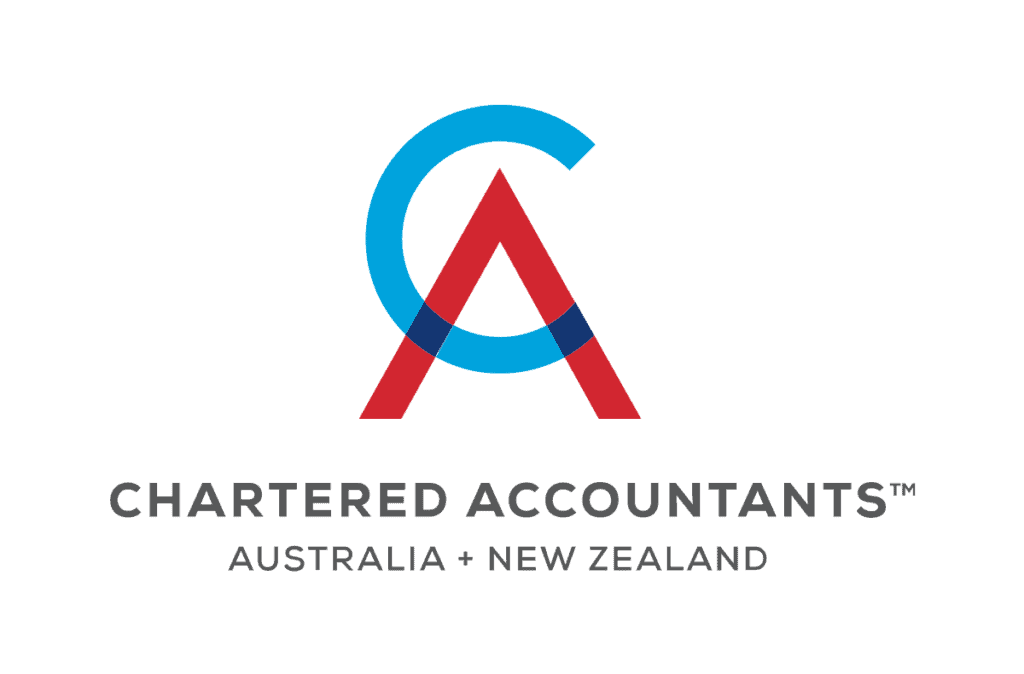Chobani plain yoghurt is GST-free but Chobani’s ‘flip’ range is taxable? A recent case before the AAT demonstrates how fine the dividing line is between GST-free and taxable foods.
Back in 2000 when the Goods & Services Tax (GST) was first introduced, basic food was excluded to secure the support of the Democrats for the new tax regime. Twenty three years later, the result of this exclusion is an unwieldy dividing line between GST-free and taxable foods that is consistently tested and altered. It is this dividing line that US yoghurt giant Chobani Pty Ltd recently tested in a case before the Administrative Appeals Tribunal (AAT).
At the centre of the case was Chobani’s Flip Strawberry Shortcake flavoured yoghurt and whether the product, composed of a tub of strawberry flavoured yoghurt with a separate tub of baked cookie and white chocolate pieces, is subject to GST. If the two components were sold in isolation, the baked cookie pieces would be taxable and the yoghurt GST-free.
Chobani had originally treated the flip yoghurt range as GST-free, relying on a 2001 GST ruling that allowed “a supply that appears to have more than one part but is essentially a supply of one thing” to be a composite supply. A product that is a composite supply could be treated as GST-free if the other components did not exceed the lesser of $3 or 20% of the overall product. In Chobani’s case, this meant that they could treat the flip yoghurt as GST-free.
Then in 2021, the ATO advised Chobani that its position had changed and it intended to treat the flip yoghurt as a combination food and therefore taxable.
Under the GST system, ‘combination foods’ where at least one of the food components is taxable, are subject to GST. Lunch packs of tuna and crackers, for example, are a combination food and therefore GST applies to the whole product because it is intended that the tuna and crackers are eaten together. But, where the food is a ‘mixed supply’, where each item is separate from the other and not intended to be consumed together, the GST will apply (or not) to each individual product. An example would be a hamper.
In the Chobani case, the AAT found in favour of the Commissioner’s interpretation that the flip product was a combination food and therefore subject to GST on the whole product.
The outcome of the Chobani test case has a number of implications. The first is that the ATO has issued a new draft GST ruling on combination foods (GST 2023/D1) replacing the previous guidance. The guidance states that three principles apply when determining whether there is a supply of a combination food:
- There must be at least one separately identifiable taxable food.
- The separately identifiable taxable food must be sufficiently joined together with the overall product.
- The separately identifiable taxable food must not be so integrated into the overall product, or be so insignificant within that product, that it has no effect on the essential character of that product.
The second implication is that at least one classification on the ATO’s GST status of major product lines list will change. Weirdly, dip (with biscuits, wrapped individually and packaged together), was listed as a mixed supply, not a combination food.
In a previous case, Birds Eye (Simplot Australia) was also unsuccessful in its appeal to the Federal Court that their frozen vegetable products that combined omelette, rice or grains were GST-free. The Court determined that the foods were either prepared meals or a combination of foods and therefore taxable.
For food manufacturers, importers and distributors, it is important to keep up to date with the changing GST landscape and ensure that you are utilising the correct classifications – it’s a moving feast!
Note: The material and contents provided in this publication are informative in nature only. It is not intended to be advice and you should not act specifically on the basis of this information alone. If expert assistance is required, professional advice should be obtained.


